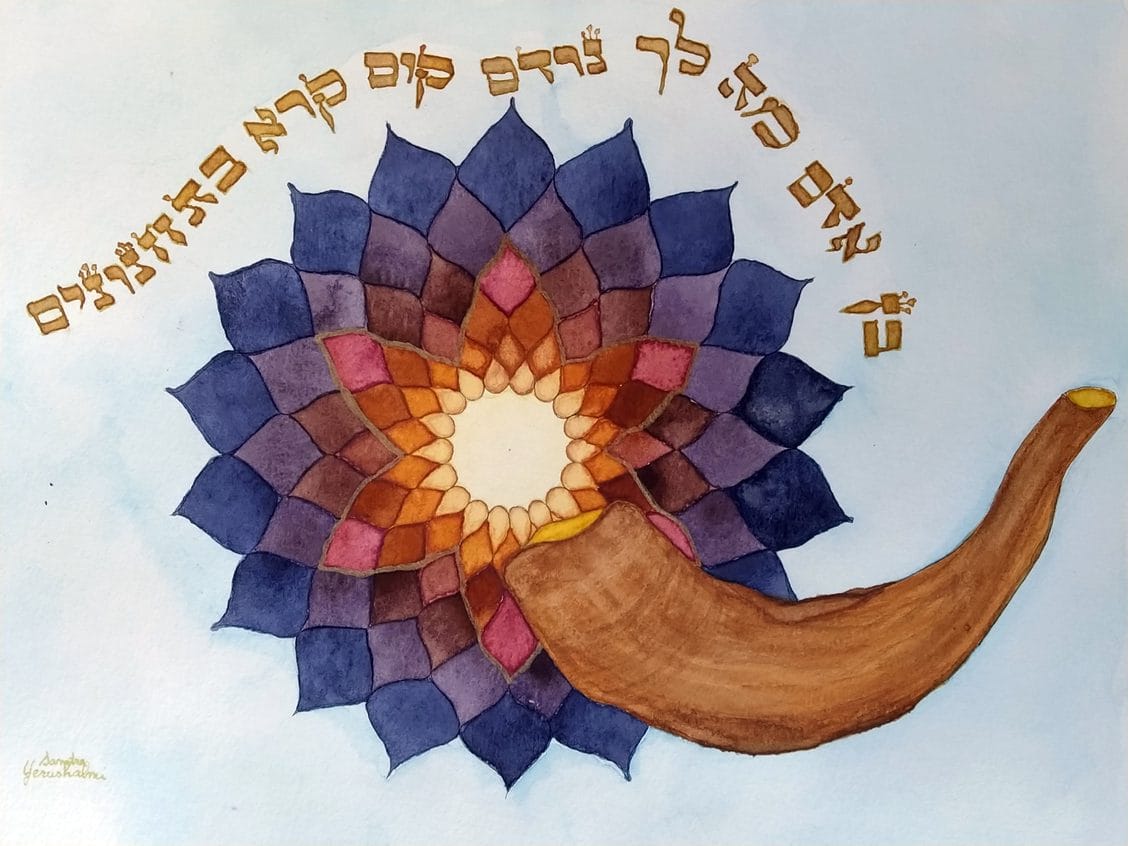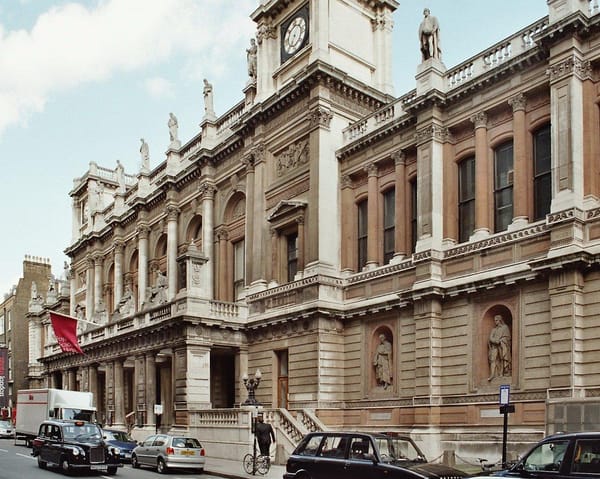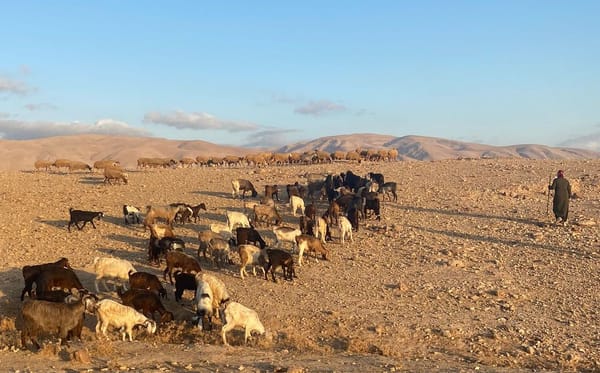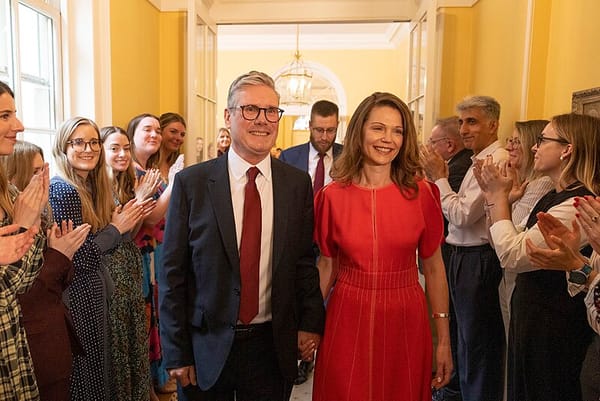Reclaiming Jewish time
The Gregorian calendar is cancelled.

There have been radical Jews from time immemorial, and we, the revolutionary Jews of today, are in good company. Take Aletta Jacobs (11 Sh’vat 5614 – 5 Av 5689), the first woman to graduate from a Dutch university, who founded the world's first birth control clinic, and fought for women and workers’ rights all her life. Then there is Anna Rozental (12 Tishrei 5633 – ?), the Bundist activist who sheltered hundreds of refugees fleeing Nazi Germany in her Vilna apartment. Rozental was a fierce advocate, whose work highlights the significant yet underappreciated roles of women activists and leaders in the Bund. In more recent history, we have Simone Veil (13 Tamuz 5687 – 6 Tamuz 5777), the French magistrate and health minister who passed a law almost half a century ago, legalising abortion.
These are just a few of the many figures whose lives and legacies we honour and uplift through the new creation of the Ma’agal Calendar. Ma’agal, מַעֲגָל, is the first pan-European Jewish calendar with a radical agenda. It is art, history, and a manifesto all rolled up into one. Meaning “circle”, Ma’agal attests to the non-linear, cyclical nature of spiritual Jewish time and its internal rhythms, featuring holidays, the turning of the seasons, and the waxing and waning of the moon.
Creating Ma’agal
The idea sprang in the context of deep Jewish learning at the inclusive, pan-European Torah and Talmud learning programme, Ze Kollel. At one of Ze Kollel’s shabbatons, when a group of us finally got to meet in person on a rainy Sunday in Berlin, having spent a semester learning Torah and Talmud together online, a passion-filled conversation went as follows:
“We should all meet again soon!” one said.
“But when?” answered the other.
“What about after Pesach?”
“But when is Pesach this year?”
There was an awkward silence as we all took out our phones to check the ever-changing date of our holidays in the Gregorian calendar, each clicking on various orthodox webpages.
Then one of us said, “You know what we should do? Have our own calendar!”, and the idea came to be.
Beyond the calendar as commodity
The thought of the types of calendars we each had on the fridge at home made us laugh – the one where the month of Nisan is introduced by an A4-sized advert for a cleaning company, and Tishrei accompanied by coupons for the kosher bakery. We wanted to create something that spoke more to our own Jewish experiences as activists, artists, scholars, and writers rooted in Europe. We also want to shout out to the trailblazing US-based Radical Jewish Calendar, and their amazing team and publication, as well as other non-Jewish projects, such as the Verso Radical Diary.
We dreamt of a calendar that would not simply be practical but would reflect the values of all of us sitting in the Ze Kollel space: folks who felt unapologetically Jewish, and yet did not fit in most mainstream institutions, because of our gender, sexual orientation, or progressive opinions. Young and old Jews who felt so committed to our traditions to spend a full day a week learning Talmud in havruta (traditional pair study), and yet infuse our reading and commentaries with feminist, anti-capitalist, and queer theory.
We also wanted the calendar itself to be a work of art, and so we invited European Jewish artists to illustrate each month of the calendar using their own media and techniques, rendering Ma’agal a diverse patchwork of Jewish creativity.
This was Ma’agal’s cradle, and the project has been a beautiful excuse to delve deeper into our history and explore the magnificence and complexity of the Jewish conception of time, in an effort to re-centre it against the dominant Gregorian calendar.
Which new year?
Perhaps one of the most illuminating examples of this complexity is demonstrated by the Mishnah read on Rosh Hashanah, which mentions four ways of counting years, and so four ways of registering the new year:
“The four new years are: On the first of Nisan, the new year for the kings and for the festivals; On the first of Elul, the new year for the tithing of animals; On the first of Tishrei, the new year for years (including the Sabbatical years and the Jubilee years) and for planting and vegetables; On the first of Shevat, the new year for the trees”
So, which is our new year? Whilst most of us will be celebrating the “new year for years” in a few days, our tradition honours a time which is nuanced and textured, as it weaves the practical with the sacred, and the seasonal with the historic and the mythical. Ours is a calendar that has been built, overlaid and adjusted with the movements of the Jewish people. Many of our “Hebrew” months, not to mention the lunisolar calendar itself, stem from our ancestors’ Mesopotamian neighbours. For instance “Tammuz” bears the Sumerian name of the great Babylonian God of fertility, and is often associated with the shepherds.
Ma’agal therefore celebrates a Judaism that is diasporic, a peoplehood that is bound together not by any nation state but rather through time, stories, faith, thoughts, books, foods and rituals. It draws on the diverse, vibrant, multiplicity of Jewish heritages and practices across Europe, a territory with moving boundaries encompassing the historical lands of both Sephardic and Ashkenazi Jews.
Cyclical vs. Christian time
As Rosh Hashanah approaches, we prepare for deep communal reckoning and reflection, and, on Yom Kippur, ask ourselves “who will live and who will die?”, we are transported back in time to the realities of our ancestors. For a people living with no other water source than the rain, these moments in the year were critical. Our calendar is rooted in the cycles of the seasons, in our deep interconnectedness with the earth, and our reliance on it for our survival.
In the Gregorian calendar (instated by pope Gregory XIII almost 440 years ago), many of the rhythms of the natural world are elided. Rooted in Christianity and, like the Julian calendar that preceded it, the traditions and beliefs of ancient Rome, the Gregorian calendar came to life in a time of colonial expansion and exploitation. With industrialisation, this calendar laid the foundation for the standardisation of time, which saw each and every hour as a commodity from which to extract profit. In Jewish thought, time is not something to master or dominate. You can’t conquer it. You can’t own it. It is sacred. It is mystery.
Jewish time doesn’t begin or end with a clock. Our time is guided by the sighting of stars, by the sunset, by the darkness or fullness of the moon. Our days begin in the night. We live with the past, present, and the future all at once, charting ancient agricultural rites alongside biblical stories, a yearly cycle through the seasons of the earth and the human psyche. In Jewish time, you may work six days of the week, but you will rest on Shabbat. Jewish time honours rest. It resists relentless productivity and accumulation.
In Europe, the hegemony of Christian time is heavily felt: Sunday is God’s day and is observed across the continent. The wheel of the year and public festivities focus on Christian holy days. The years themselves are counted against the birth of Jesus. By presenting time according to its Jewish understanding, we are resisting the pulls of assimilation and re-centring different rhythms of time that have been pushed to the periphery yet still belong to Europe.
Indeed, Europeans have been keeping track of time in manifold ways for aeons, including the Asatro (Norse Religion) and Celtic calendar, the Muslim lunar calendar, as well as our own. The dominance of Christian time is the result of centuries of religious coercion, persecutions, and pogroms. It’s not just space and our understanding of history that need decolonising, it’s time itself.
Peopling the calendar
Accordingly, by marking the yahrzeits of activists and artists, the Ma’agal calendar honours the names of trailblazing Jewish revolutionaries, whose legacies we are so grateful and moved to uplift. Yet, it has been haunting to fathom so many brilliant lives interrupted or cut short, to be faced with so many gaps, and not to be able to account for so many ordinary characters whom history has forgotten. As a consequence, countless stories and legacies have been shrouded, and much-needed inspiration on how to be radical Jews rooted in these lands has been obscured.
While we are determined to honour the lives and memory of those we lost in pogroms and the Shoah, this is not a calendar of the dead. We are here, in all our creativity, resilience, solidarity, radicalism, love, and joy – a testament to the fact that revolutionary Judaism in Europe is still very much alive. We hold those painful and interrupted legacies alongside the celebrations of radical Jewish life in Europe today. We honour those who have come before in order to fight for everyone in our times – to affirm in the strongest possible terms that persecution is not the defining factor of European Jewish identity.
Reinstating these histories within Jewish time reminds us of the revolutionary Jews who have come before us, offering a lineage to embolden the struggles we face today – because Jewish time is not linear; we support their struggles as they support ours.
Ma’agal is a process, it’s imperfect, it’s beautiful, and we can’t wait to share it with you.▼
The creators of Ma’agal are a diverse collective of (up)rooted Jewish misfits, artists, writers, activists, and teachers dedicated to a thriving Jewish life across Europe.




